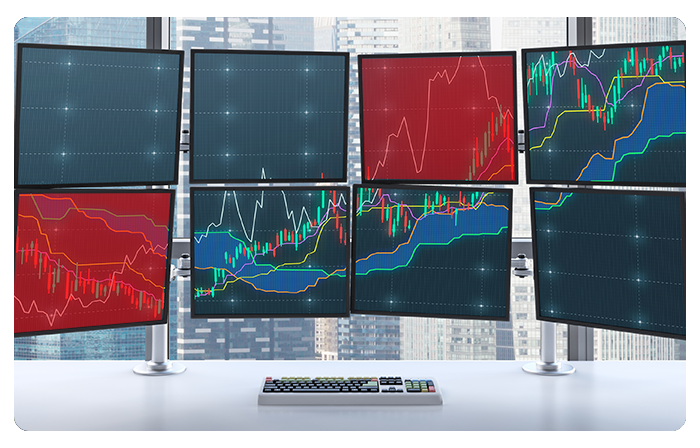Doji, Marubozu, Shooting Star, and Hammer are some of the commonly recognized single candlestick patterns in technical analysis. These patterns are formed based on the price action of an asset for a specific time period and are used to indicate potential price reversals or confirm ongoing trends.
- Doji: A Doji is a candlestick pattern that forms when the opening and closing prices of an asset are roughly equal. The pattern is typically interpreted as a sign of indecision in the market, indicating that the bullish and bearish forces are evenly balanced.
- Marubozu: A Marubozu is a candlestick pattern that has a long real body and no shadow. A white Marubozu indicates strong buying pressure and a bullish trend, while a black Marubozu indicates strong selling pressure and a bearish trend.
- Shooting Star: The Shooting Star is a bearish reversal pattern that forms when the asset's price rises significantly during the time period, but closes near the opening price, creating a long upper shadow.
- Hammer: The Hammer is a bullish reversal pattern that forms when the asset's price falls significantly during the time period, but closes near the opening price, creating a long lower shadow.
It's important to note that while these patterns can provide valuable insights into market sentiment and potential price movements, they should not be relied on exclusively. The lesson helps you to recognise and understand the meaning of these candlesticks.












